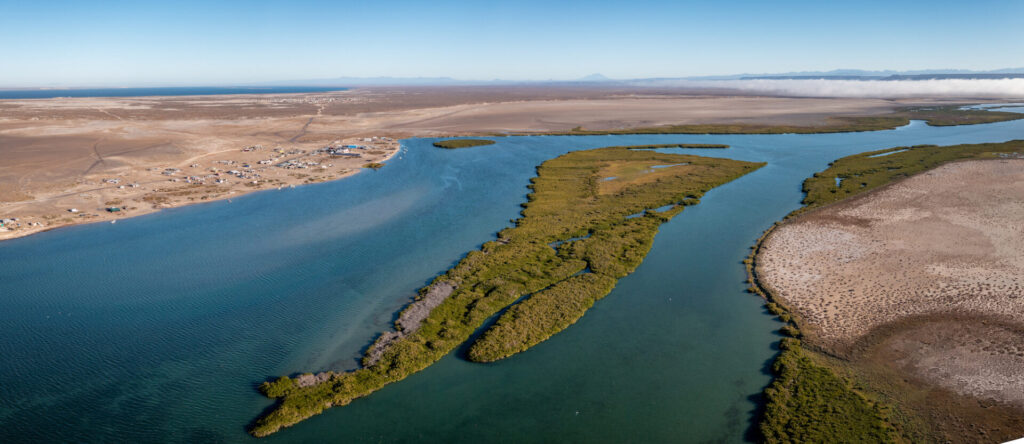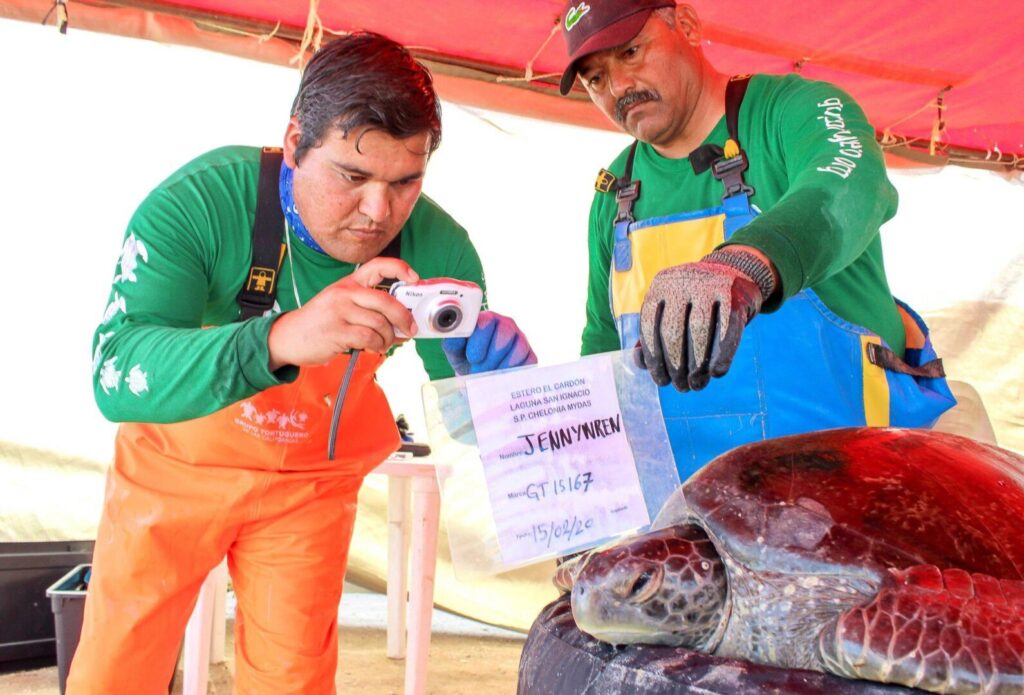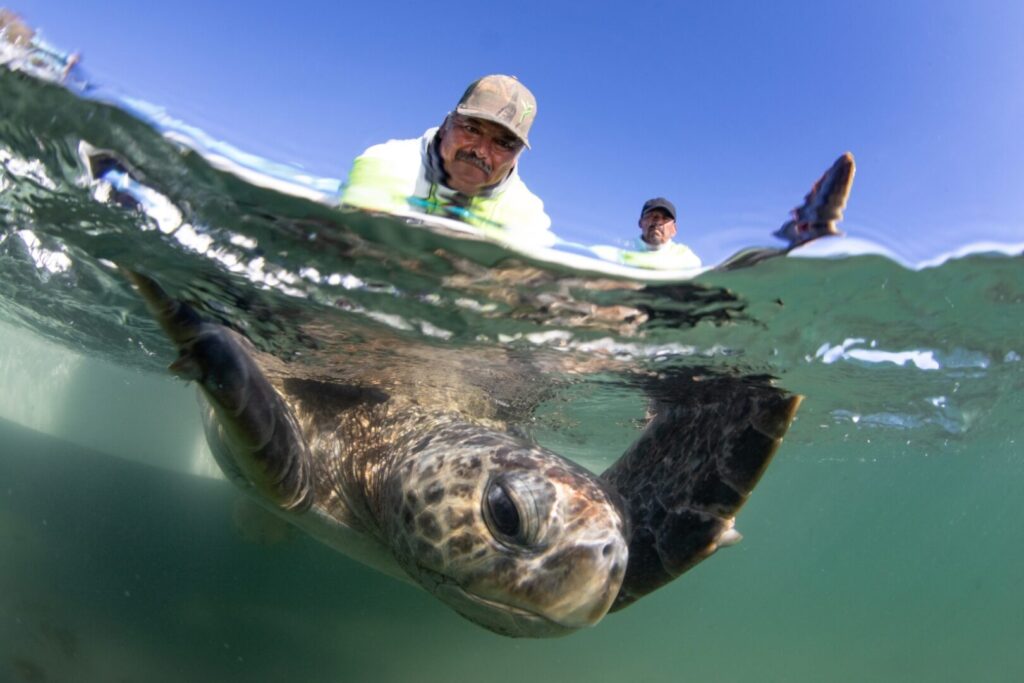In front of the waters of the San Ignacio Lagoonin Baja California Suris located in the community of El Cardóna fishing village that under the initiative of one of the families that live there, is making possible the exploitation of tourism, while preserving the sea turtles.
The idea was born from Francisco BurgoínPancho, who comes from a family that subsisted by catching turtles, until this activity was banned. "Pancho" got to know members of the Grupo Tortuguero de las Californias (GTC), a network dedicated to turtle monitoring and environmental education based on La Pazin Baja California Sur, in which he registered as a volunteer for monitoring work, highlights Mongabayenvironmental journalism site.
Francisco was joined by his wife Rosa Ceja and his children Aurora, David and Frank in the conservation work, and as official members of the GTC, they have contributed information to the study of more than 1,000 sea turtles.

Blue entrepreneurship
The San Ignacio Lagoon is known worldwide for being an important site for the sighting of gray whale (Eschrichtius robustus) and every year tourists come to witness this spectacle.
This gave Francisco the idea of taking advantage of this influx of visitors to involve them in the work of sea turtle conservation. This is how EcoTourtugasa family-owned and operated community ecotourism and for scientific purposes.

The plan was to attract tourists who travel to the lagoon for whale-watching to participate in a monitoring day of the four species of turtles that use the lagoon as a feeding site during their migratory route.
The tourists' payment for this experience becomes a family income, at the same time that it finances the conservation works and boosts the environmental education.

"The intention was to take days of work away from fishing. Those of us who live from the sea know that the winter season is cruel for fishermen. You work with a lot of stress, in bad weather, you risk your life every day to bring back something to support your family. That is where the idea of having an alternative was born: to continue fishing in the summer and, in the winter, when there is more tourism, to dedicate it to this alternative conservation enterprise," he explains.
It is not about abusing the turtles to make money, but to continue to have resources so that the monitoring does not stop, he clarifies.
This blue entrepreneurship initiative was backed by the Grupo Tortuguero de las Californias because turtle records in that area were scarce and more data were needed. The project is also supported by MarEs Communitya collaborative conservation effort between the United States and Mexico to reduce the impacts that fishing has on marine mammals. sea turtles by accidentally getting caught in the nets.

The Burgoín Ceja family has been able to integrate more members of the community, both direct family members and other fishermen, into this entrepreneurship and conservation project.
They work as a team during monitoring, in feeding tourists and, soon, in offering alternatives for their lodging outside the whale season. Although they alternate this activity with fishing, having this alternative has reduced the fishing effort.
Source: Mongabay


